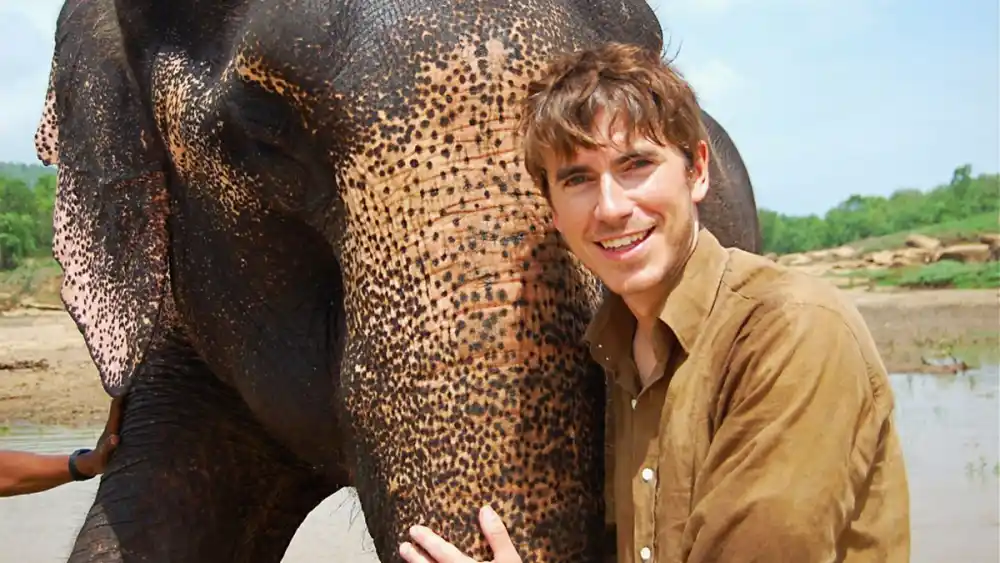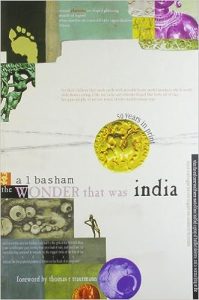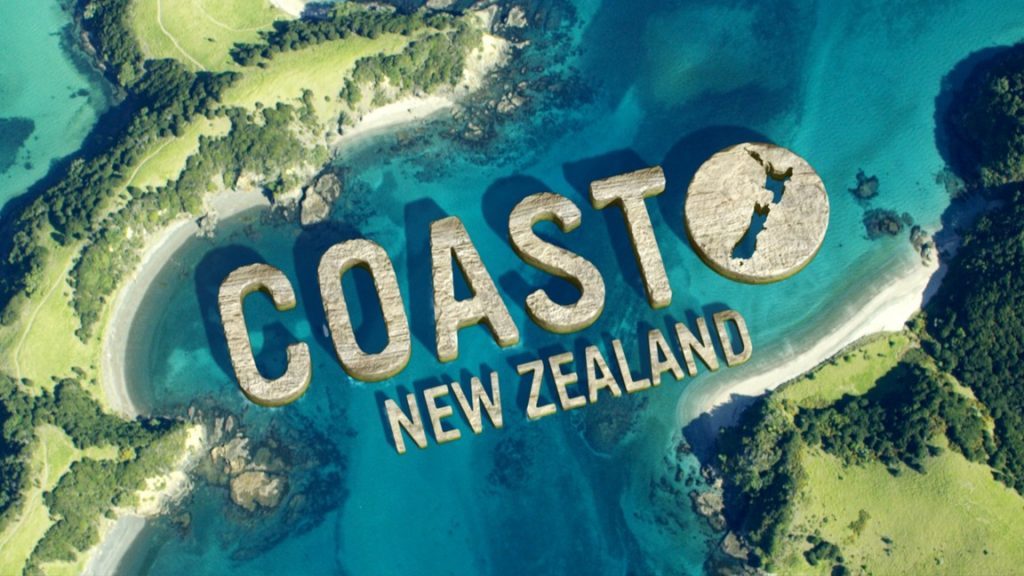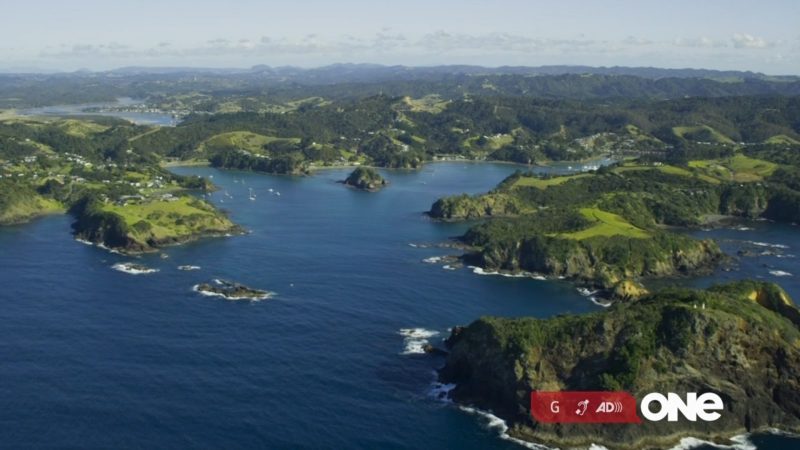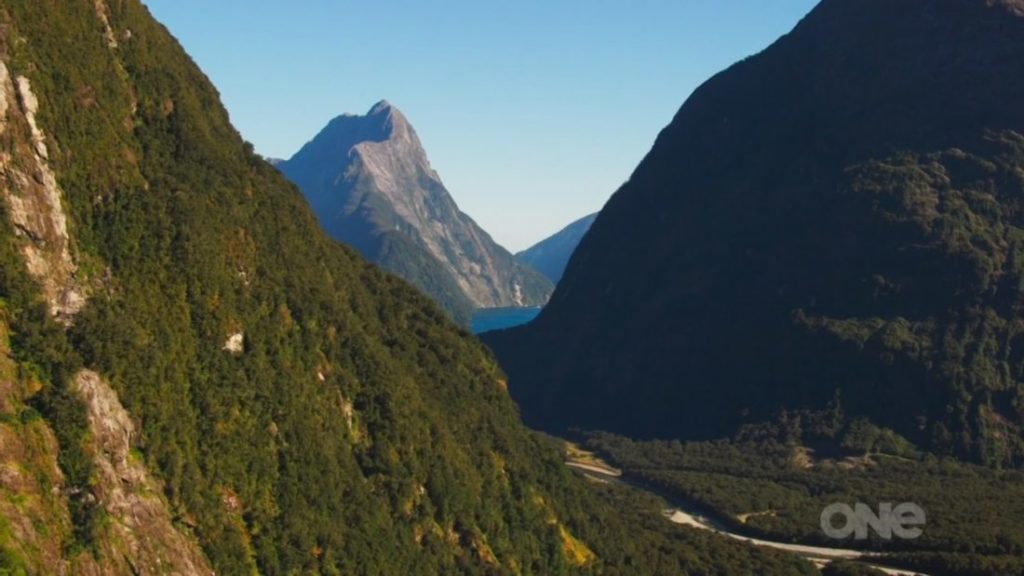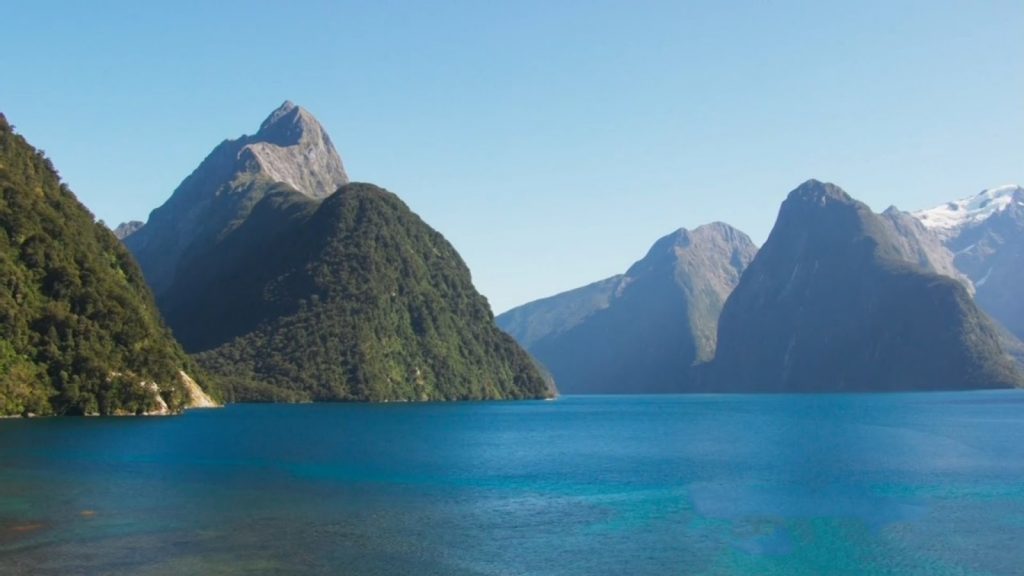Tropic of Cancer with Simon Reeve Episode 4 – Embarking on an awe-inspiring voyage around the globe, Simon Reeve closely traces the path of the Tropic of Cancer, which demarcates the northernmost boundary of the lush tropics region. Upon reaching India, Simon’s adventurous journey sweeps him from the picturesque coast of Gujarat in the west to the bustling city of Kolkata in the east. During his travels, he is fortunate enough to catch a glimpse of the elusive and mesmerizing Indian wild ass, a rare beauty in its natural habitat.
(Indian civilization is among the oldest in the world, and what is unique in that respect is that the culture of the people still remains largely unchanged, with a strong thread of continuity through the ages.)
As he delves deeper into the rich tapestry of Indian culture, he becomes privy to the heart-wrenching tales of violence that erupted between Hindus and Muslims in the historically significant city of Ahmedabad, the birthplace and home of Mahatma Gandhi. Further intensifying his expedition, Simon pays a visit to Bhopal, the haunting site of one of the world’s most devastating industrial calamities. To this day, poignant stories abound of the locals who lament the aftereffects of the catastrophic chemical spills.
Venturing to the verdant backdrop that inspired Rudyard Kipling’s timeless “Jungle Book”, Simon partakes in a once-in-a-lifetime experience, gently bathing a majestic elephant. Upon reaching Kolkata, the city’s relentless hustle and bustle prompts Simon to reflect upon a newly introduced car. Its unparalleled affordability has the potential to exacerbate the city’s existing traffic woes, making the congestion almost unimaginable.
Tropic of Cancer with Simon Reeve Episode 4
Simon Reeve’s epic journey around the world following the Tropic of Cancer continues in episode four, as he travels across the diverse landscapes of northern India. From the western state of Gujarat to the teeming metropolis of Kolkata in the east, Reeve encounters a complex country of contrasts.
A Desert Oasis for Endangered Wildlife
Reeve begins his Indian adventure in Gujarat, heading inland to explore one of India’s two deserts – the Little Rann. This desert is not made of sand dunes like the Sahara but is instead a vast, flat, salty marsh. The Little Rann sits right on the Tropic of Cancer, making it an important stop on Reeve’s journey.
Accompanied by local guide Dhanraj Malik, Reeve searches for one of the world’s rarest and most endangered animals – the shy Indian wild ass. This wild cousin of the domestic donkey has been pushed to the brink of extinction due to poaching, loss of habitat, and India’s growing human population. The small herds that remain in Gujarat’s deserts represent the last hope for the survival of this species.
After a patient search, Reeve spots a herd of graceful creatures just 500m away. Creeping closer on foot, Reeve manages to get within 25m of the wild asses, observing them in their natural habitat. It’s an experience that leaves him awestruck, knowing that these may be the last wild asses on earth if more isn’t done to protect them.
As Reeve discovers, the future survival of India’s unique wildlife is threatened on all sides – by poachers seeking food, polluters damaging habitats, and the relentless growth of India’s human population needing more land for homes and agriculture.
Spiritual Havens and Religious Divides
Continuing east into the state of Madhya Pradesh, Reeve arrives in the holy Hindu city of Ujjain. One of Hinduism’s seven sacred sites, Ujjain draws pilgrims from across India with its ornately carved temples. At the massive Mahakal Temple, Reeve observes thousands of devotees gathering to pray before a symbolic Shivalingam stone representing the god Shiva.
With nearly a billion adherents in India, Hinduism has become a dominant cultural and political force. Reeve meets members of a Hindu nationalist group called the RSS, who blend religious ideology with the paramilitary-style organization.
While the Hindu faith provides meaning for many, Reeve also finds that tensions between Hindus and India’s Muslim minority have erupted into horrific violence. In Ahmedabad, where Mahatma Gandhi began his nonviolent campaign against British rule, Hindu-Muslim riots in 2002 left over 1,000 dead.
Reeve visits an art therapy class run by SEWA, an organization trying to heal the lingering trauma and bring children from both communities together. For kids like Arbaz, who lost his father in the riots, overcoming the lingering pain and mistrust remains an ongoing struggle.
Industrial Disaster Still Haunts Bhopal
Arriving in the city of Bhopal, Reeve confronts the tragic legacy of one of the worst industrial accidents in history. In 1984, a cloud of toxic gas escaped from a pesticide plant here and blanketed the city, instantly killing thousands. The leaked chemicals contaminated Bhopal’s groundwater, causing birth defects and illnesses still seen today.
Reeve is shocked to find the factory ruins still standing, with pollution continuing to seep into the surrounding slums. For victims like the young activist Sarita, who grew up drinking the tainted water, the disaster is far from over. Neither the chemical company nor the Indian government have fully cleaned up the environmental damage.
“After 25 years, this is still a disaster area,” Reeve comments, stunned that slum dwellers and their children remain exposed to the toxins right next to the former plant.
Insurgency and Economic Disparity in Rural India
Departing Bhopal, Reeve journeys east into the Red Corridor, a region plagued by a Communist Maoist insurgency. In the village of Madhapur, Reeve sees firsthand the poverty and government neglect that have driven some rural Indians to take up arms. With no schools, healthcare, or safe water in Madhapur, villagers feel abandoned by official institutions.
To travel deeper into the conflict zone, Reeve joins Indian security forces as they clear roadside bombs laid by the Maoist rebels. The constant threat of violence has put locals in the crossfire between militants and government troops. Both sides are accused of beating and killing innocent civilians caught in the middle.
The economic disparity fueling the insurgency persists across much of rural India, Reeve finds. More than 600 million Indians still live in poverty despite the country’s booming cities and growing middle class.
“For those left behind by India’s economic miracle, life in villages like Madhapur has hardly changed for centuries,” Reeve observes.
Drainage Miracle Keeps Kolkata Clean and Green
Reaching the huge metropolis of Kolkata in eastern India, Reeve gets a taste of the country’s direction when his guide Abhra shows off India’s cheapest car – the Nano. Costing only $2,500, the tiny vehicle promises to bring car ownership within reach of India’s masses.
“With millions more cars on the streets, India’s already chaotic roads will reach new levels of mayhem,” Reeve predicts.
While Kolkata struggles with breakneck development, Reeve discovers one system keeping the 15-million-strong city surprisingly clean and livable. The East Kolkata Wetlands act as a natural sewage treatment facility, filtering the city’s waste while also producing fish and vegetables for local markets.
Reeve is impressed by this “drainage miracle” harmoniously connecting nature and rapid urbanization. But he worries Kolkata’s expanding population is encroaching on the wetlands, swallowing up more of this precious green space each year.
For Reeve, his journey across India has revealed a country of extremes – high-tech industries alongside ancient village life, rising consumerism and lingering poverty, and clashes between faiths – all magnified by the momentum of 1.4 billion people. India faces huge challenges, but Reeve says the kindness and resilience of its people give him hope for the future.
Conclusion
Simon Reeve’s travels along the Tropic of Cancer uncover India’s complexity as a rapidly developing nation. While economic gains have brought millions out of poverty, huge disparities remain. Protecting natural areas like the Little Rann desert enables vulnerable species to survive alongside India’s human multitudes. Secular organizations build interfaith bonds to prevent religious violence from festering. Ingenious infrastructure projects like the East Kolkata Wetlands boost sustainability and quality of life for India’s exploding urban populations.
India’s future depends on balancing industrial growth with care for its natural and human resources. Providing clean water, healthcare, education and environmental protections to rural citizens can ease dangerous inequalities. Nonviolent reformers following Gandhi’s example offer an alternative to armed insurgency. With wisdom and compassion, India can become an equitable and inclusive modern society rooted in its ancient traditions.
Frequently Asked Questions
What animals did Simon Reeve see in India?
In the Little Rann desert, Reeve spotted endangered Indian wild asses, a rare species of wild donkey. He also saw antelope, wild boar, and other wildlife while searching for tigers in Satpura National Park.
How did Hindu-Muslim violence erupt in India?
Religious riots broke out in 2002 in cities like Ahmedabad after a train fire killed Hindu pilgrims. Hindu mobs sought revenge by attacking Muslim neighborhoods, killing over 1,000.
What happened in the Bhopal industrial disaster?
In 1984, toxic gas leaked from a Union Carbide pesticide plant in Bhopal, killing thousands and contaminating water supplies. The abandoned factory still pollutes nearby slums.
What is the Naxalite insurgency in India?
Maoist guerrillas called Naxalites are waging an armed Communist insurgency across rural areas of central and eastern India. They target government forces but also kill and intimidate civilians.
How do the East Kolkata Wetlands help the environment?
These wetlands act as a natural water treatment system for Kolkata, filtering waste while also producing fish and vegetables. They prevent pollution and provide resources for 15 million city residents.
(This post may contain affiliate links which means I may receive a commission for purchases made through links.)
